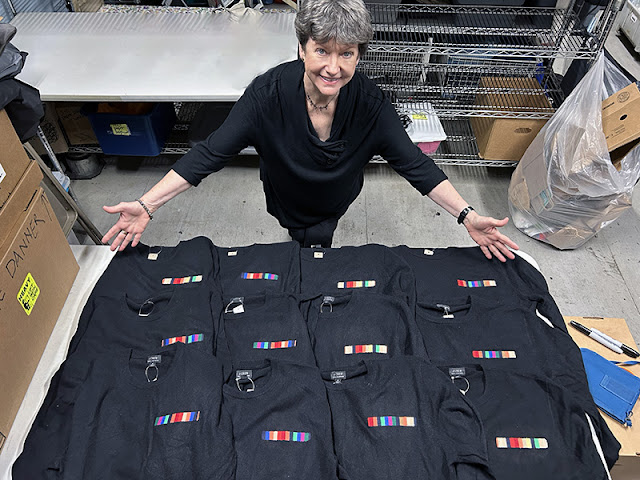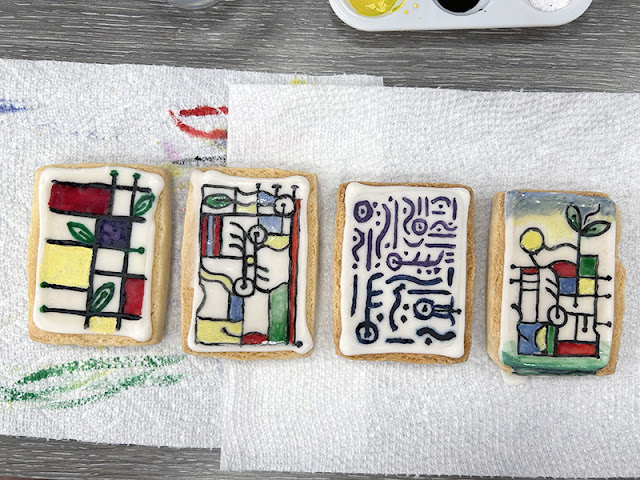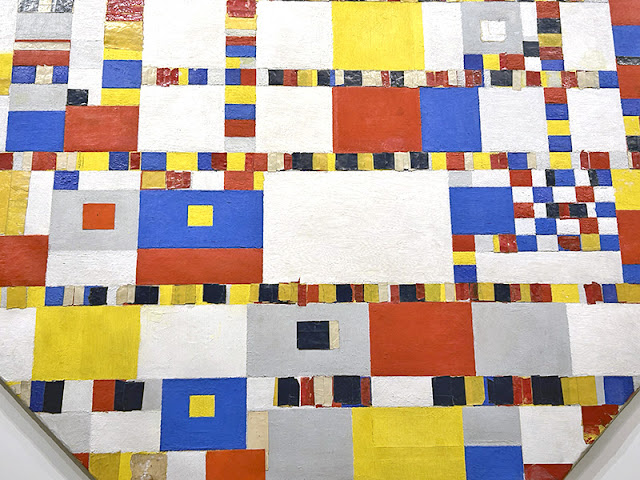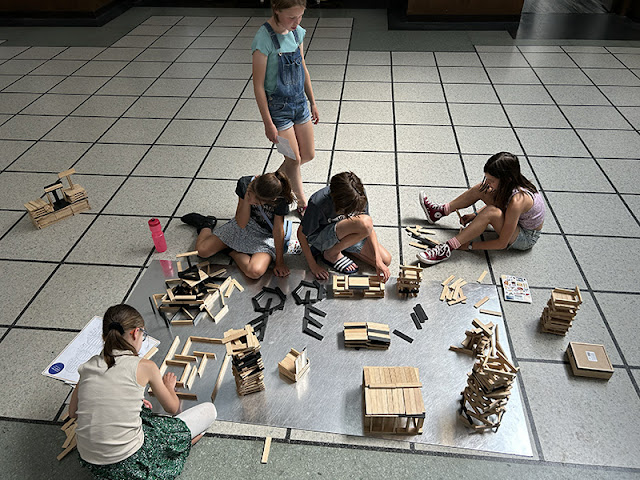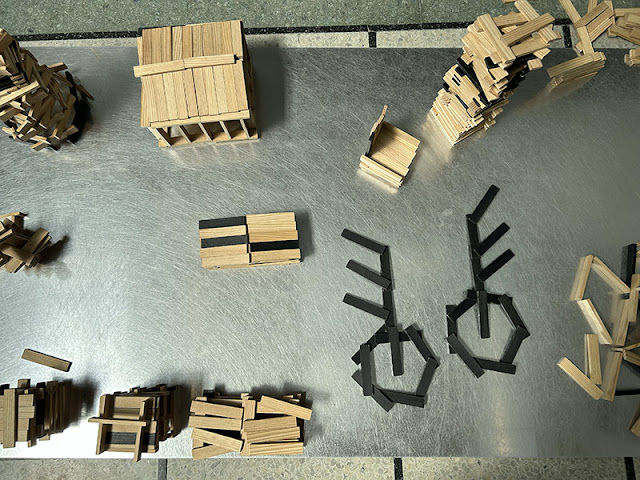How to “be” in the last few days of 2023? In late December, we decided to contemplate the “tomorrows” of 2024 – along with/in “A Lot of People.”
Thus, it is fitting that DOEprojekts (Deborah Adams Doering and Glenn N. Doering) explored and participated in artist Rirkrit Tiravanija’s exhibition titled “A Lot of People,” on display at MoMA PS 1, NYC, until March 4, 2024.
Above: A video still from DOEprojekts YouTube channel: https://t.ly/PbiAR
Part of the exhibition includes an installation of a ping-pong table with “Tomorrow is the Question” silkscreened in bright yellow on the surface. Tiravanija has exhibited ping-pong tables that visitors can play on since 2008. The tables are silk-screened with “Tomorrow is the Question” in various languages, depending on the location of the exhibition; the statement is one that Rirkrit took from a 1959 jazz album by Ornette Coleman.
Tiravanija’s first installation of this Spanish-language table was in Mexico City, where students of artist/professor Julius Koller arranged themselves in a large question mark in 1978 (seen in large photo-image at right).
Above: Glenn is served one of the two versions of Thai Green Curry.
Above: Deborah prepares to eat one of the two versions of Thai Green Curry.
Above: “Untitled 1992-1995,” Tiravanija’s project re-enacted at MoMA PS 1, NYC, in 2023.
Tiravanija has stated “I have, more or less, used the kitchen and cooking as the base from which to conduct an assault on the cultural aesthetics of Western attitudes toward life and living. In the communal act of cooking and eating together, I hope that it is possible to cross physical and imaginary boundaries” (from MoMAPS1.org). We enjoyed eating the two curry dishes in the museum’s gallery turned “community space.”
Other interactive opportunities at MoMA PS 1 included an opportunity to create a visual response to the exhibition and a choice of herbal teas one could prepare for themselves in an orange tent. Orange (or saffron) cloth is often worn by Buddhist monks in Thailand, Tiravanija’s place of birth.
We wish our blog readers and DOEprojekts’s supporters a very Happy New Year 2024! We look forward to more interactive projects in the coming months.








cropped%20sm.jpg)










